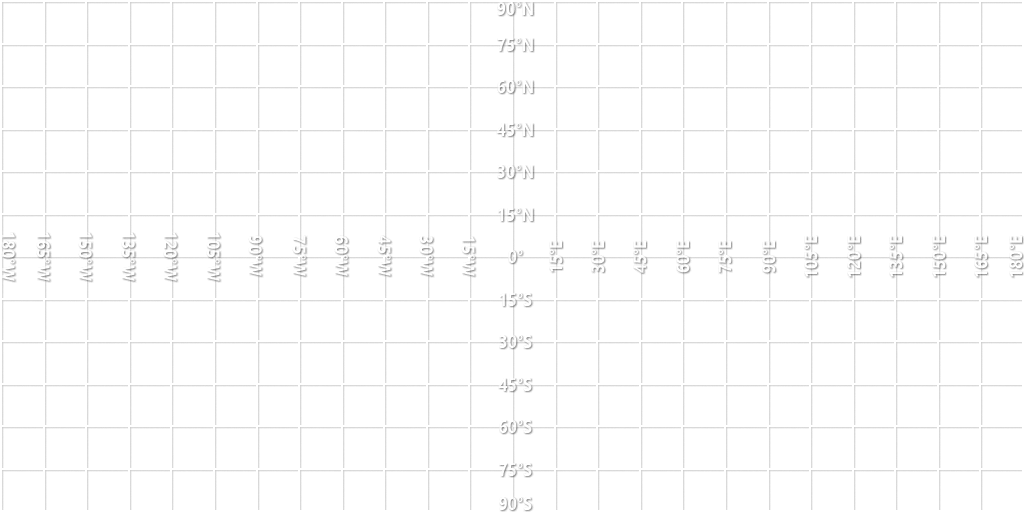Tholia is a small moon in the Oceanus system that has achieved relative hydrostatic equilibrium, giving it a roughly spherical shape. Its surface is characterized by a unique and striking feature: it is covered in dark red tholins. Tholins are complex organic molecules formed through the chemical reactions of simpler organic compounds, often in the presence of ultraviolet light or cosmic radiation.
The presence of these dark red tholins gives Tholia a distinct appearance, with its surface likely displaying various shades of red and perhaps some darker areas where these organic molecules are more concentrated. The exact composition and distribution of tholins on Tholia's surface would depend on its geological history, environmental conditions, and the availability of the necessary precursor molecules.
Tholia's unusual surface makes it a fascinating object of study for planetary scientists, as it provides insights into the complex chemistry occurring on celestial bodies in our solar system.
GENERAL INFO
- Created On: Windows
- Game Version: 1.1.107.0
CHARACTERISTICS
- Radius: 43 km
- Sea Level: None
- Surface Gravity: 0.7 m/s
- Rotational Period: 10h
- Escape Velocity: 253.7 m/s
- Mass: 2.08E+19kg
Atmosphere
- No Atmosphere
EQUIRECTANGULAR MAP

12 Comments
- Log in to leave a comment
-
3,919 Junkthunder1.6 years ago
@AK5Z i mean it's green on the equirectangular map and for some reason without coloring it, it's still red. SO IT'S DEFINITELY NOT AN ALIEN SUPERORGANISM AND WON'T SPREAD TO THE REST OF THE PLANETS
-
16.2k Tallisar+1 1.6 years ago
@Junkthunder Oh okay lol. So you just saw it and took it in as part of it like it is not some weird alien anomaly and can grow and infect things and try to destroy the universe? Nice.
-
3,919 Junkthunder1.6 years ago
@AK5Z i think i used Craters 1 or Craters 2 noise to generate them, though i wasn't trying to make Tholins. They just showed up
-
-
-
3,919 Junkthunder1.6 years ago
A basic description would be the Tholins formed on Pluto, those Tholins on Pluto form whem different compounds rhat have Carbon and other simple elements in their structure (like Methane CH4) get irradiated by Solar Rays from the sun. Or at least that is what i know about them.
-
16.2k Tallisar1.6 years ago
@Junkthunder I preferred you to explain it because you know about it and stated it in the description.
-
3,919 Junkthunder1.6 years ago
@JanusSpaceIndustries tholins are thought to form in nature through a chain of chemical reactions known as pyrolysis and radiolysis. This begins with the dissociation and ionization of molecular nitrogen (N
2) and methane (CH
4) by energetic particles and solar radiation. This is followed by the formation of ethylene, ethane, acetylene, hydrogen cyanide, and other small simple molecules and small positive ions. Further reactions form benzene and other organic molecules, and their polymerization leads to the formation of an aerosol of heavier molecules, which then condense and precipitate on the planetary surface below.[11]Tholins formed at low pressure tend to contain nitrogen atoms in the interior of their molecules, while tholins formed at high pressure are more likely to have nitrogen atoms located in terminal positions.[12][13]
Tholins may be a major constituent of the interstellar medium.[2] On Titan, their chemistry is initiated at high altitudes and participates in the formation of solid organic particles.[9]
These atmospherically-derived substances are distinct from ice tholin II, which are formed instead by irradiation (radiolysis) of clathrates of water and organic compounds such as methane (CH
4) or ethane (C
2H
6).[3][14] The radiation-induced synthesis on ice are non-dependant on temperature.[3]Models show that even when far from UV radiation of a star, cosmic ray doses may be fully sufficient to convert carbon-containing ice grains entirely to complex organics in less than the lifetime of the typical interstellar cloud.
Source: Wikipedia
-
-
3,919 Junkthunder1.6 years ago
@JanusSpaceIndustries It's close to hydrostatic equilibrium but has a rough surface like Ike from KSP, and yes Tholins are organic compounds that form as a result from when frozen methane, ethane, or other organic compounds are irradiated.
-
16.2k Tallisar1.6 years ago
If it has achieved Hydrostatic Equilibrium, then it would be much more spherical.
.
Also since when did Tholins become organic?



@Junkthunder hahaha, just checking :D